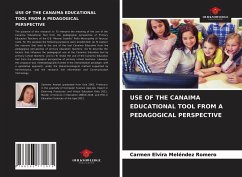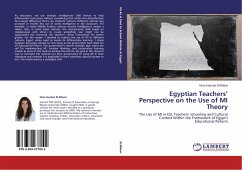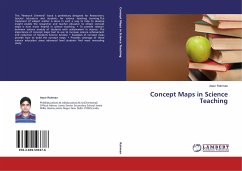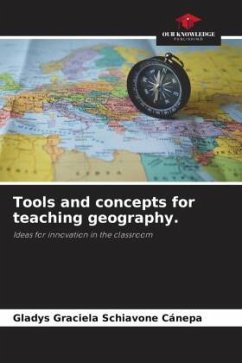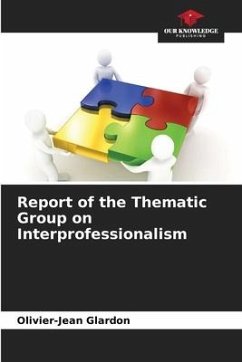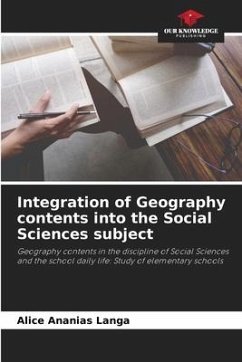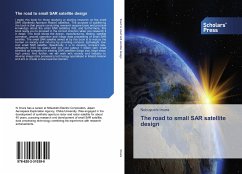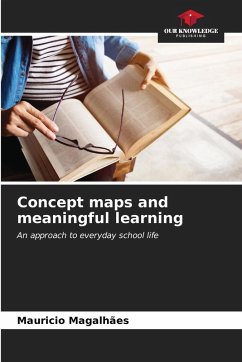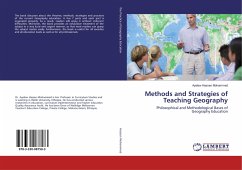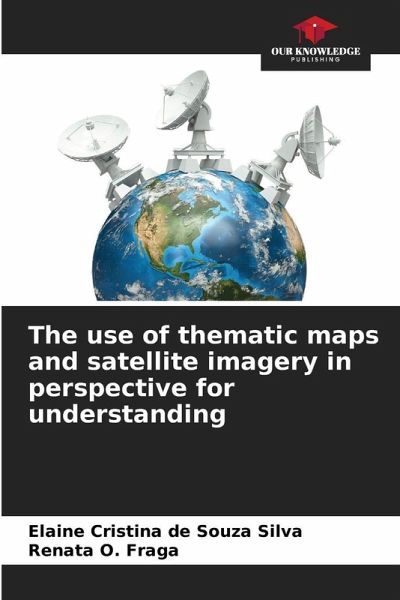
The use of thematic maps and satellite imagery in perspective for understanding
Versandkostenfrei!
Versandfertig in 6-10 Tagen
24,99 €
inkl. MwSt.

PAYBACK Punkte
12 °P sammeln!
The search for knowledge about the universe and space exploration by humans has driven the development of space resources. Through such technologies, it is possible to observe planet Earth in greater detail in a synoptic and multitemporal manner in areas with restricted access, thus making them more visible. Through remote sensing images, it is possible to develop specific types of thematic maps, such as object identification, urban area expansion, recognition of natural or anthropogenic environmental phenomena, and studies related to physical aspects such as climate, vegetation, and soils, am...
The search for knowledge about the universe and space exploration by humans has driven the development of space resources. Through such technologies, it is possible to observe planet Earth in greater detail in a synoptic and multitemporal manner in areas with restricted access, thus making them more visible. Through remote sensing images, it is possible to develop specific types of thematic maps, such as object identification, urban area expansion, recognition of natural or anthropogenic environmental phenomena, and studies related to physical aspects such as climate, vegetation, and soils, among others. The new curriculum parameters reinforce the importance of using new technologies, including remote sensing, due to the possibility of obtaining multidisciplinary information. To understand human action in geographical space, time and space are essential attributes in the study of the changes that have occurred. In this line of reasoning, this book aims to present this tool as a teaching resource, as well as the availability of materials that can be used in the student teaching-learning process in a multidisciplinary way.



